#15 - Philosophizing in Bulb Mode
Or, what you can learn about yourself and the world while taking photos at night
The longest long exposure I ever made was a self-portrait on the Pacific coastline in Monterey Bay. In the photograph, I’m seated on a park bench overlooking the ocean, with high fog descending over the water and slowly rolling inland. A single sodium vapor streetlamp, about 100 meters behind me, casts a warm glow, while the distant city lights from Seaside color the horizon. With the extended shutter time and quiet stillness of the night, I found myself drifting into deep introspection—facing thoughts that usually get lost in the movement and immediacy of daylight photography. According to my notes, I took this photograph shortly after 1:00 AM. It was a fifteen-minute exposure.
“Don’t move. Don’t move. Don’t move. Don’t move.”
In that moment, I felt a weighty dread—the roar of the unseen ocean filling the silence, the fog thickening around me, and I perceiving nothing as if in a sensory deprivation chamber. I became claustrophobic with each second, feeling each stray thought swell into an intrusive fear: of infinity, of drowning, of my own mind.
I learned that while I could sit still for a long time, I couldn’t bear it if I wanted to, and I don’t like being alone with my thoughts.
“Please hold.”
Years later, along the Big Sur coast, I found another moment in the dark. The fog had cleared, and I wanted to see how my Olympus PEN E-PL1 handled long exposures (just okay). Having parked near the Bixby Bridge, I climbed onto a rocky outcrop to capture the curve of Highway 1 against the coastline. As I opened the shutter, a car began winding its way northward. But just then, I felt the gravel shift beneath me, loose rocks clattering down the cliffside, dry tufts of fauna slipping underfoot. All I could think was that the ledge had to hold—at least until the exposure ended. It did, and I learned that sometimes hanging off a cliff is totally worth it for a photo.
“How many times did I drive by and never really see it?”
There’s a special kind of magic in revisiting places that seem ordinary by day. I grew up driving past the same bend on Wayne Highway in Franklin County, Pennsylvania so many times I stopped noticing it. But one winter night, as I revisited the farmland I’d known forever, it all looked different—the red-tinged sky framed by leafless trees and fields dotted with overgrown scrub. Had I ever noticed that abandoned car? Or had it always been there? I learned to soften my gaze, to look beyond the obvious, and to find those quiet, sublime details that hide in plain sight—even when I think I know a place well.
“If I never left this town, would I still be doing this? Who would I have become? Does it even matter?”
Indeed, I’m at my most introspective when photographing at night. Setting up the tripod, framing a scene, waiting for a car or a light to pass through gives me time to think about what I was drawn to in the first place. I took this photo in Smithsburg, Maryland—the town where I grew up—and reflected on how my life would’ve been had I stayed. It’s impossible to know if things would have been better or worse, but they wouldn’t be what they are now. I learned that, sometimes, becoming someone new means leaving the familiar behind.
“I was his age when I started. Has it been that long? Will he remember this like I will?”
Now that my son is older and striking out on his own, we’ve been connecting over night photography. I got him a tripod for his birthday. One of my new favorite traditions is driving him back to the dorms on a Sunday night and detouring around Baltimore taking photographs, talking about nothing, looking for light and scenes. I remember being that age and being mystified by the world at night and how it looked composed through glass. Exploring with him has helped me feel that sense of wonder again.
“The sky is beautiful tonight. Wait—what is that? Is that… a person?”
Sometimes you think you have everything set up the way you want it—only for the darkness to surprise you. During one of our father-son outings, we stopped to capture a basketball court in Baltimore’s Pigtown neighborhood. I was midway through illuminating the hoop with a red flashlight, deep into a 30-second exposure, when I noticed something unexpected: a person, sitting silently on the bench, dressed in a full skeleton costume. I’m not sure I learned anything from this one—except maybe to stay on my toes
“Yes. Please, let this be the end of it.”
This photo was taken the night the news announced Joe Biden’s win in the 2020 election. I had just moved back to Baltimore after a decade away, during the worst phase of the COVID pandemic, and felt completely unmoored. For a brief moment, it felt like the end of an era. The initial news that the Trump years might be over (spoiler: the worst was far from over) felt like a release. Fireworks went off, and the sense of collective relief was palpable. It was before January 6th, the fake elector schemes, the court cases, the escalating rhetoric, and the MAGA resurgence.
For one fleeting moment, all I felt was relief.
Now, on the verge of the 2024 election, I feel that same uncertainty. I hope that once again, Americans will reject the volatility that comes with MAGA politics: the racism, sexism, extremism, and the cronyism that have followed in Trump’s chaotic path. I know this isn’t what you came to read in a photography newsletter; frankly, I’d rather not be writing about it either.
If you’re an American and can vote, I urge you to do so. Our democracy and the rule of law cannot withstand another Trump presidency. But I’ve learned that this country has the strength to rally against extremism and hatred—and I have faith we can do it again.


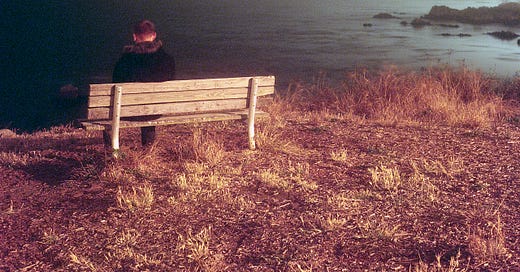



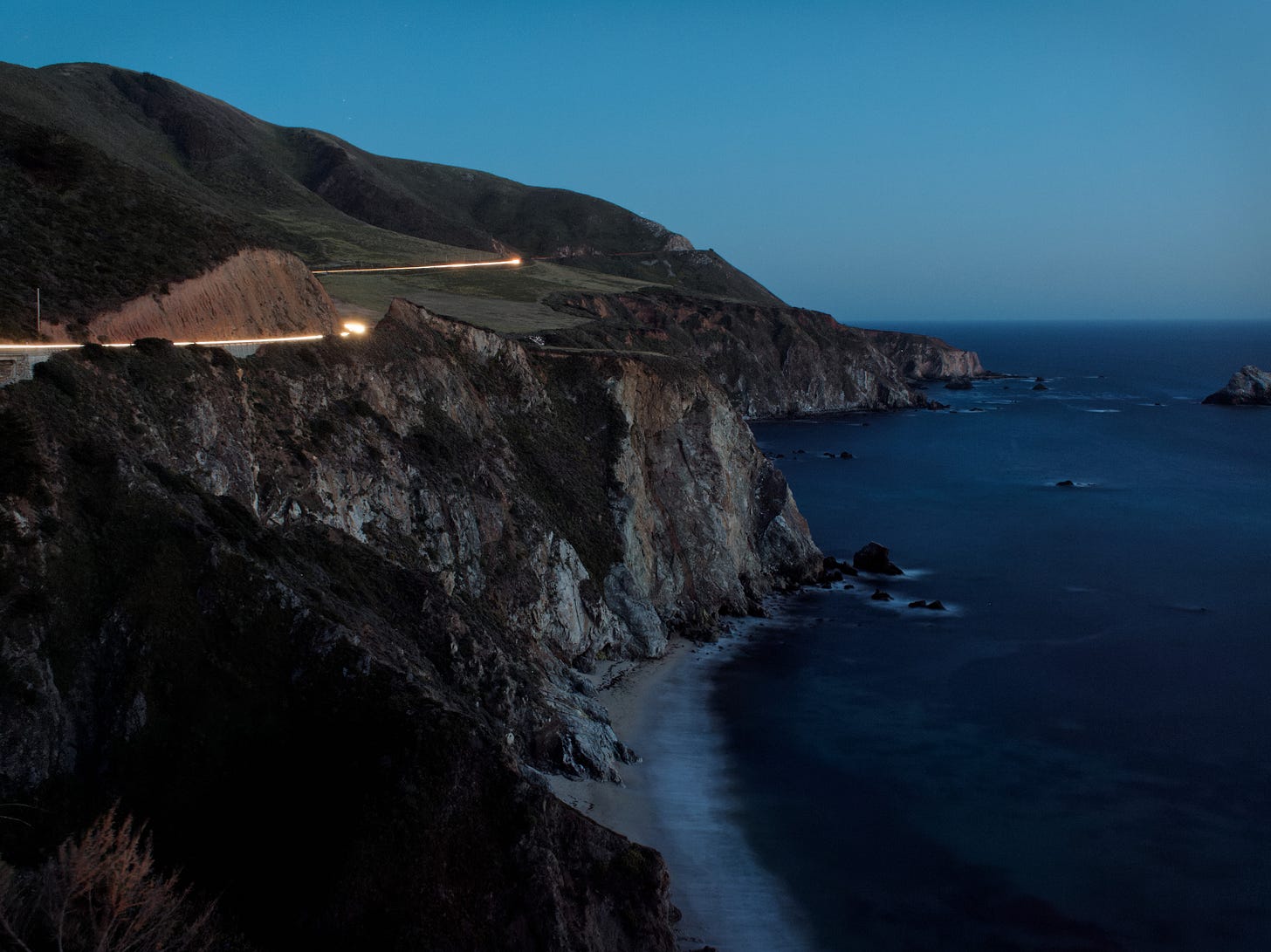
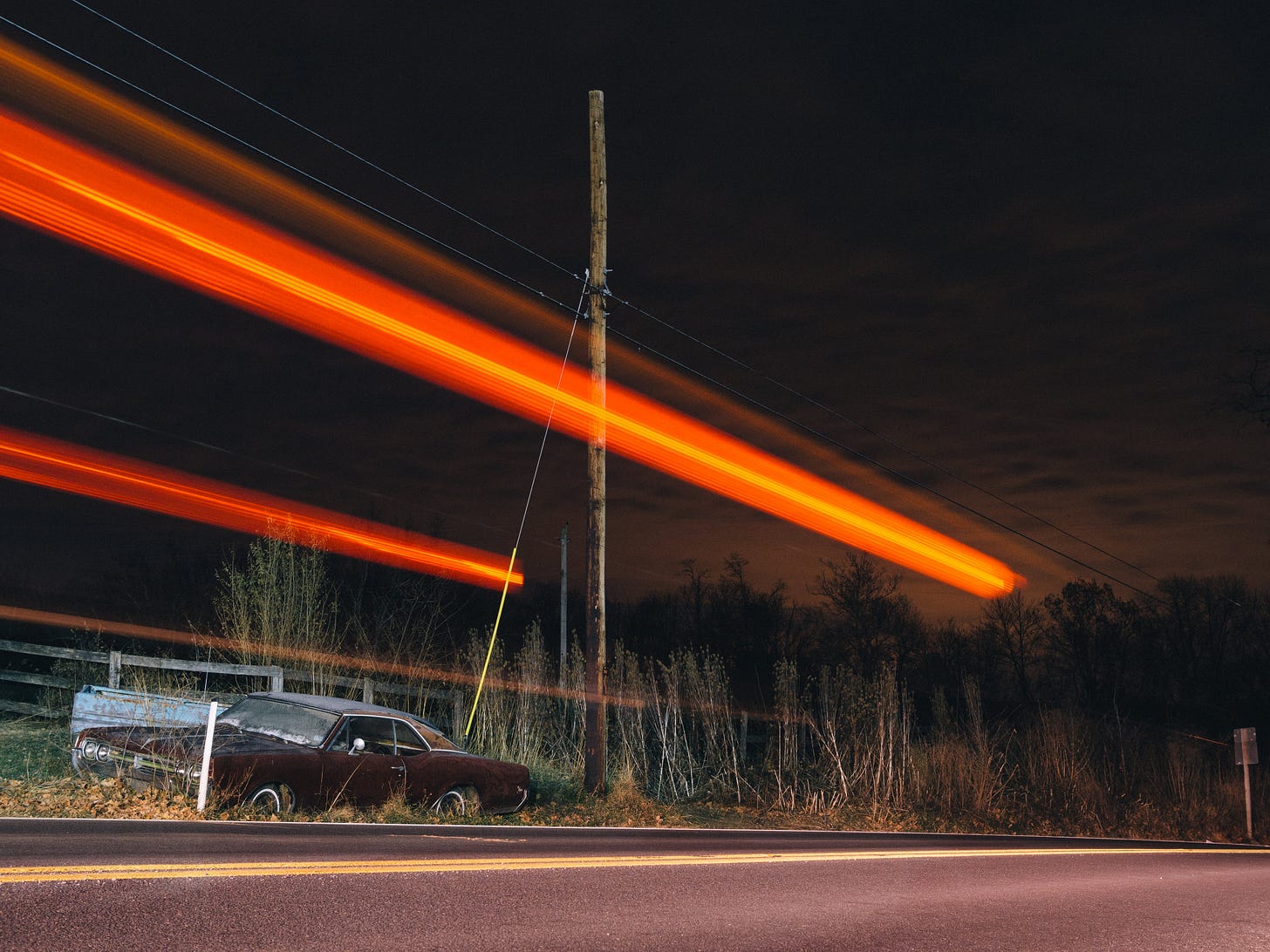

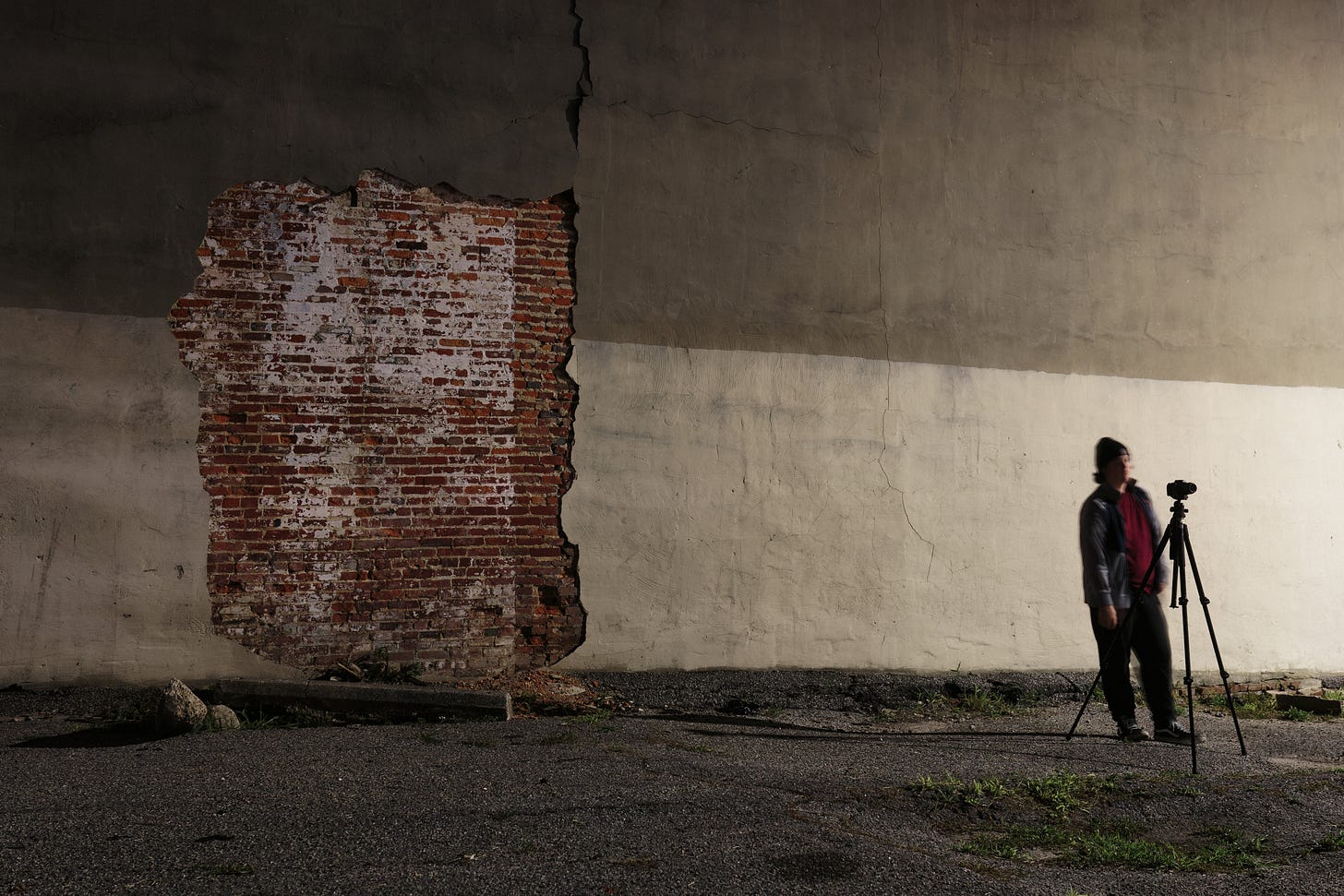
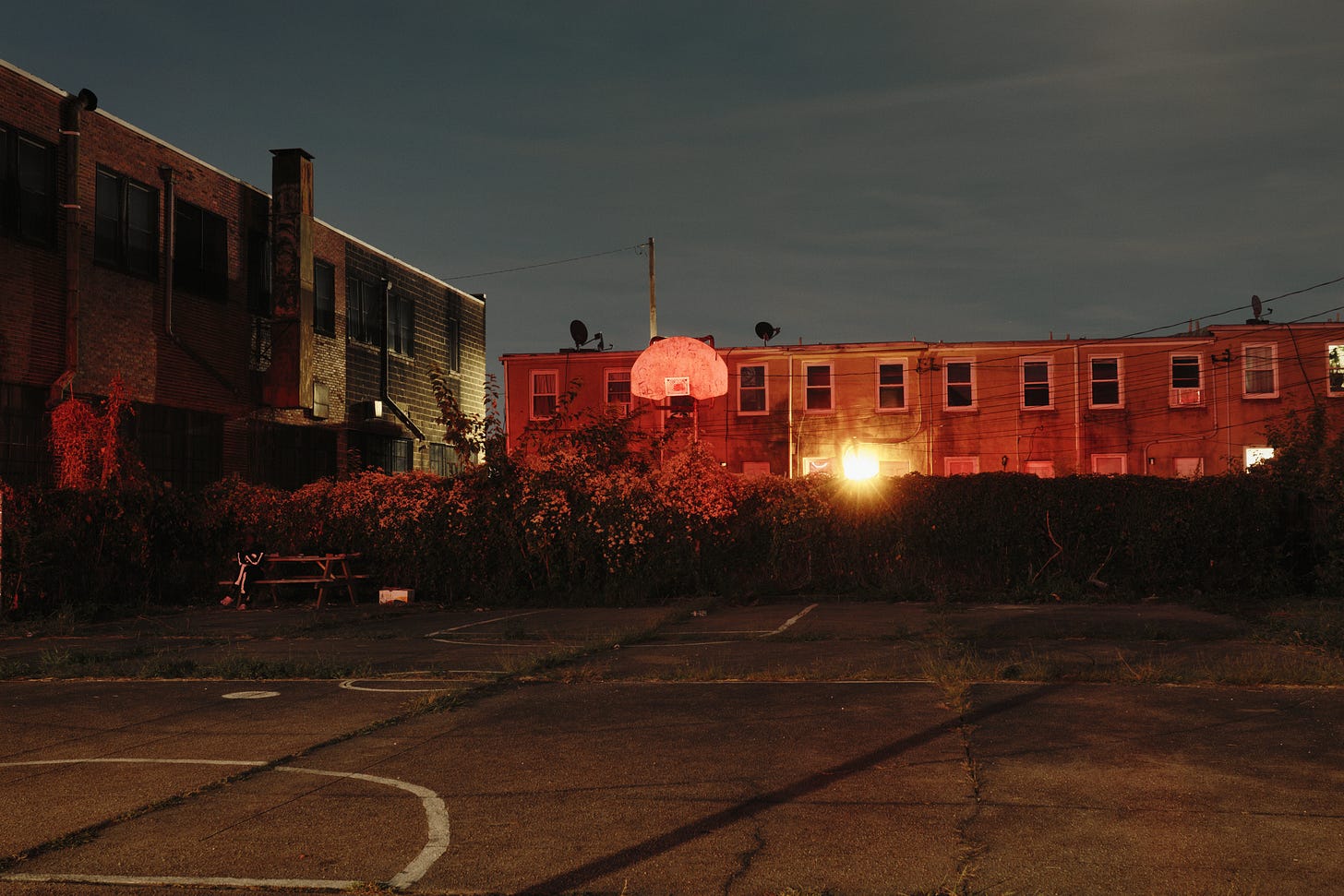

This was a great read Michael. Really enjoyed your writing style and the self portrait looks amazing too. Best!